This
post was originally published on
this sitehttp://www.marksdailyapple.com/

One thing I’ve realized being in this game for so long is that if you’re convinced that meat truly is deadly, you’re not going to stop looking for reasons why. They’ve tried blaming just about every part of meat over the years, including the protein itself, the saturated fat, the cholesterol, the methionine, the char on BBQ, and even the obscure compounds like TMAO or Neu5gc. The latest component of meat they’ve zeroed in on is iron—the essential mineral responsible for energy production and a host of other vital functions.
The experts’ track record with all the other “evil meat components” has many of my readers skeptical, so they asked me to weigh in on iron.
Iron is an essential mineral, integral in the production of energy and the creation of blood cells. If pregnant women don’t get it, they can’t deliver oxygen and nutrients to their growing babies. If kids don’t get it, they shortchange their mental and physical development. If adults don’t get it, their basic day-to-day physiological function falls apart. Without adequate iron, our antioxidant defenses, our immunity, and our metabolic function all suffer. Hell, most countries even mandate the fortification of refined flour with large amounts of iron to prevent these tragedies.
Iron also has a dark side. A large body of observational evidence links elevated iron levels to diseases and disease states like type 2 diabetes, heart disease, insulin resistance, inflammation, Alzheimer’s disease, hypertension, fatty liver, hypothyroidism, arthritis, and cancer. You name it, it’s probably linked to elevated iron. And as much as I’d like to, I can’t dismiss these connections as non-causal.
For one, iron is inherently reactionary: The very same proclivity for electron exchange that makes iron so integral in biochemical reactions that address stress and support health means it can also create free radicals that damage DNA, cells, blood lipids, and increase stress and harm health.
Two, there’s a little something called hereditary hemochromatosis.
Hereditary hemochromatosis is a genetic condition increasing a person’s absorption and retention of dietary iron. This has benefits in certain contexts—carriers have a natural resistance to the bubonic plague, as one effect of hemochromatosis is to render white immune cells iron-deficient and thus resistant to the plague virus which feeds on iron—but it’s mostly negative in today’s relatively plague-free world. Most of the hemochromatosis literature focuses on homozygotes (carriers of two copies of the gene) and specific “iron overload-related diseases,” which include cirrhosis, liver fibrosis, liver cancer, elevated liver enzymes, “physician-diagnosed symptomatic hemochromatosis,” or finger arthritis. Those are bad conditions to have, to be sure, but that’s not even a complete list. Homozygous carriers of the mutation also have greater risks for diabetes, arthritis, fatigue, liver disease, and frailty and muscle loss. They’re more likely to experience neurodegenerative diseases like Parkinson’s and Alzheimer’s. Even heterozygous carriers (those who carry just one copy of the variant) have an elevated risk of iron overload compared to the general population.
Okay, okay. But couldn’t it be that the hemochromatosis gene is increasing disease risk through another, non-iron route? Perhaps high iron is just a marker of disease, not a cause. After all, most genes are pleiotropic—they have more than one effect.
Probably not. The most reliable treatment for hereditary hemochromatosis is phlebotomy. Literally removing iron from the body by draining blood is the first (and often only necessary) line of defense against hereditary iron overload. And it works really well.
Besides, phlebotomy may also be beneficial in people without clinical iron overload or hemochromatosis. It’s the most effective way to reduce iron stores and tends to increase insulin sensitivity. In insulin resistant men with fatty liver, blood donation normalized insulin sensitivity and liver enzymes. In meat eaters, blood donation reduced ferritin levels to match those of lacto-ovo-vegetarians and improved insulin sensitivity. One study even tested the effect of randomized phlebotomy on cancer incidence. After four and a half years, those subjects placed in the phlebotomy group lived longer, had less cancer, and had lower ferritin levels than the subjects who didn’t donate blood.
I can’t argue with the research, but the idea that a primary component of a food we’ve been eating for millions of years and to which we may even owe much of our brainpower—the iron in meat—still rankles. Is iron truly inherently “bad,” or is there anything about our modern environment that makes it so?
Possible Modern Influences On Iron Levels
Less Bleeding
One factor is that we don’t shed as much blood as before. Most men engage in far fewer bouts of direct violent conflict. Most people have fewer parasites feasting on their blood. And when’s the last time you exchanged blood oaths with anyone? We have fewer opportunities to bleed, in other words. That’s why regular phlebotomy can be such a useful tool for men (and some women) with too much iron in their bodies—it emulates all the bloodletting we used to do in a controlled, safe fashion.
Less Intense Activity
We use iron to generate energy. The more physical activity in which we engage, the more iron we utilize. This is usually couched in warnings for female athletes engaged in intense training, but it can also explain the beneficial effects of exercise in people with iron overload. There are even cases of “mild exercise” causing iron deficiency, so everything that increases energy expenditure—walking, gardening, hiking—will at least subtly reduce iron stores. More activity, less iron sitting around idle getting into trouble.
Too Many Seed Oils
I strongly suspect that the unprecedented dissemination of high-omega-6 seed oils throughout our food systems, our body fat, and our cellular membranes are exacerbating—if not causing—the relationship between excess iron and various diseases. Take the supposedly ironclad (pun intended) relationship between heme iron and colon cancer, which is mediated by iron’s peroxidative alteration of fatty acids in the colon. In animal studies that seek to show this relationship, you can’t get the colon cancer to “take” unless you feed the animal high-PUFA oils along with their heme iron. In one study, feeding heme iron to rats promoted colon cancer only when fed alongside high-PUFA safflower oil. Feeding MUFA-rich and far more oxidatively-stable olive oil alongside the heme prevented the colon carcinogenesis. In another paper, only mice consuming fish oil-based and safflower oil-based diets exhibited carcinogenic fecal peroxides after eating heme iron; a coconut oil-based group of mice had no negative reaction to heme.
Among a cohort of US nurses, where PUFA intake is around 7% of calories and comes from seed oil, iron intake has moderate links to colon cancer. Among a cohort of Swedish women, where PUFA intake is under 5% of calories with a greater proportion coming from fish, the association is far weaker.
What To Do About All This?
First, men and postmenopausal women should figure out their hemochromatosis status. Both men and women with hereditary hemochromatosis have elevated risks of iron overload-related diseases, but they are much higher for men. (Premenopausal women have a handy built-in mechanism for shedding excess iron—menstruation.) Modern men and older women, with our absence of intestinal parasites and our lower tendency to engage in bloody hand-to-hand fighting, have few opportunities to shed iron. Your doctor will be able to order the test, or you can go through a genetic testing service and look for positive hits on C282Y and H63D.
Do it earlier rather than later. Studies indicate that one of the biggest predictors of whether someone with genetic iron overload develops liver cancer is their age at diagnosis of hemochromatosis. Those who wait risk incurring more damage.
Even if you’re negative for hereditary hemochromatosis, you can still have iron overload. Determine this by asking your doctor for a ferritin test. According to the Mayo Clinic, for men, the ferritin reference range is 24 to 336 ng/ml, and for women, it is 11 to 307. That is a wide range, and levels that your doctor would probably classify as technically normal have been associated with insulin resistance, atherosclerosis, and reduced telomere length (a marker of aging).
From what I can tell, levels approaching 200 ng/ml in men should definitely be classified as “high.” And lower may be even better. In one study, egg-and-dairy-eating vegetarian men had ferritin levels of 35 ng/ml and better insulin sensitivity than meat-eating men with ferritin levels of 72 ng/ml. After donating enough blood to hit 35 ng/ml, the meat eaters insulin sensitivity improved.
Dr. F. S. Facchini has used blood donation to induce “near iron deficiency”—the lowest body iron store that allows normal red blood cell production—in his gout patients, clearing them of gout attacks for as long as they maintained it. His patients at high risk for heart disease also saw major benefits from hitting very low ferritin levels (“to levels commonly seen in premenopausal females”), including increased HDL and lower blood pressure, even if they started with normal ferritin.
What seems safe is to stay on the low end of normal—say, from 50-150 ng/ml—as long as no symptoms of low iron arise.
As for women? Higher levels don’t seem to correlate with the same health issues in women. Lucky.
Now, say you have high iron, whether it’s hereditary hemochromatosis or just high normal ferritin levels….
What Should You Do About High Iron Levels?
Donate Blood
The quickest, safest way that also does the most social good (if you care about that sort of thing) is to donate blood. When you donate blood, your body must upregulate hemoglobin production to replace the lost blood. That requires iron, which is taken from body stores.
Don’t Manage Iron Overload With Diet
By that I mean stuff like:
- Don’t give up red meat.
- Don’t stop eating liver every week.
- Keep eating oysters.
- Don’t religiously adhere to reverse-kosher (only eating meat in the presence of dairy to inhibit iron absorption).
If you make dietary iron the focal point, you’ll miss out on all the incredible nutrients iron-rich foods like red meat and liver can offer. Besides, you’ll run yourself ragged following even more food restrictive rules that increase the chance of other nutrient deficiencies.
Don’t Manage an Iron Overload That Doesn’t Exist
I’ve seen people go down the rabbit hole of iron obsession without actually confirming they even had too much iron. They started giving blood (even self-administered), trying to reduce iron absorption by pairing dairy and calcium with their iron-rich foods, avoiding iron-rich foods—totally blind. Iron is an important nutrient. Deficiency is real. Anemia is no joke. Get tested before you start messing around with iron.
Follow a Healthy Primal Eating Plan
Whether it’s keto, low-carb, moderate-carb, or even vegetarian, going Primal will mitigate many of the potential effects of high iron by:
- Avoiding Seed Oils and Excess Omega-6 Fats. Seed oils almost certainly make the “iron overload problem” worse, and may even be responsible for its negative effects and link to various diseases.
- Including Phytonutrient-rich Fruits, Vegetables, Herbs, Teas, and Coffee. Polyphenols both inhibit iron absorption and reduce the oxidative interaction between iron and lipids.
So to sum up, get tested and be aware of the iron issue, but don’t let it rule you. It’s iron overload, not overlord.
Take care, everyone. What do you think of iron? Ever get tested? Ever give blood? See any benefits?
Let me know down below!
References:
Tamosauskaite J, Atkins JL, Pilling LC, et al. Hereditary Hemochromatosis Associations with Frailty, Sarcopenia and Chronic Pain: Evidence from 200,975 Older UK Biobank Participants. J Gerontol A Biol Sci Med Sci. 2019;
Burke W, Imperatore G, Mcdonnell SM, Baron RC, Khoury MJ. Contribution of different HFE genotypes to iron overload disease: a pooled analysis. Genet Med. 2000;2(5):271-7.
Allen KJ, Gurrin LC, Constantine CC, et al. Iron-overload-related disease in HFE hereditary hemochromatosis. N Engl J Med. 2008;358(3):221-30.
Nowak A, Giger RS, Krayenbuehl PA. Higher age at diagnosis of hemochromatosis is the strongest predictor of the occurrence of hepatocellular carcinoma in the Swiss hemochromatosis cohort: A prospective longitudinal observational study. Medicine (Baltimore). 2018;97(42):e12886.
Larsson SC, Rafter J, Holmberg L, Bergkvist L, Wolk A. Red meat consumption and risk of cancers of the proximal colon, distal colon and rectum: the Swedish Mammography Cohort. Int J Cancer. 2005;113(5):829-34.
Liu B, Sun Y, Xu G, et al. Association between Body Iron Status and Leukocyte Telomere Length, a Biomarker of Biological Aging, in a Nationally Representative Sample of US Adults. J Acad Nutr Diet. 2018;
The post Is Iron the New Cholesterol? appeared first on Mark’s Daily Apple.

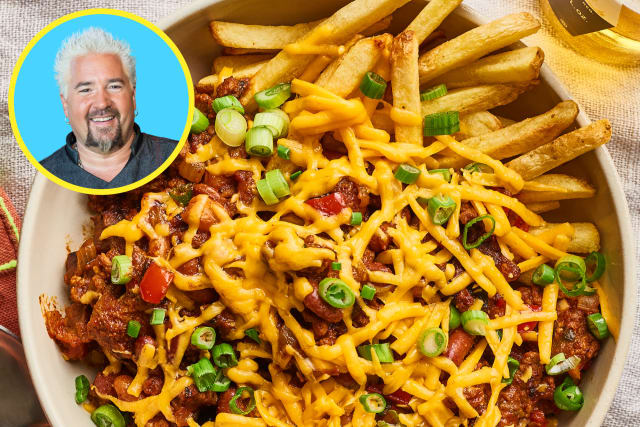



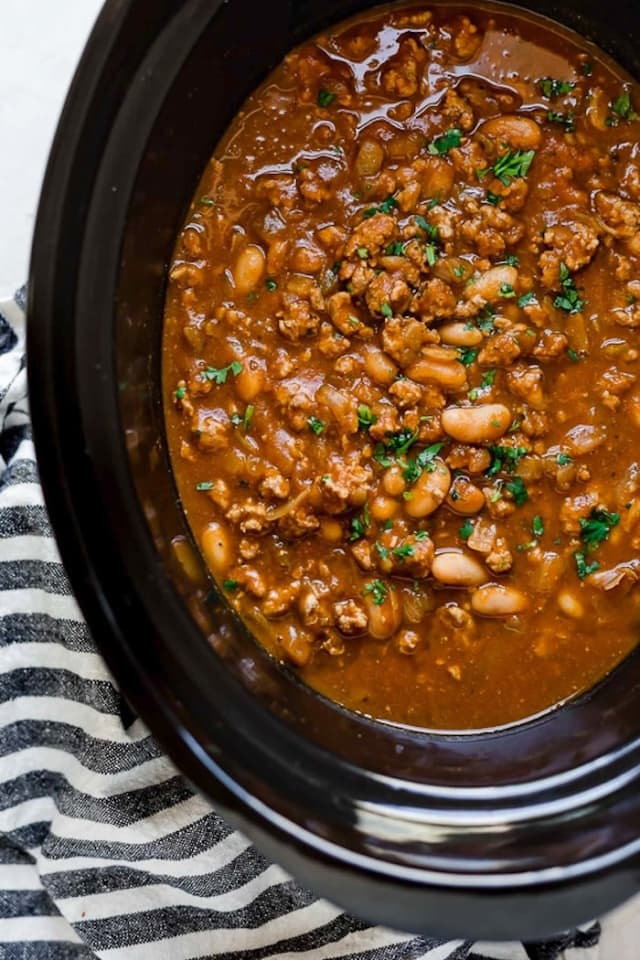
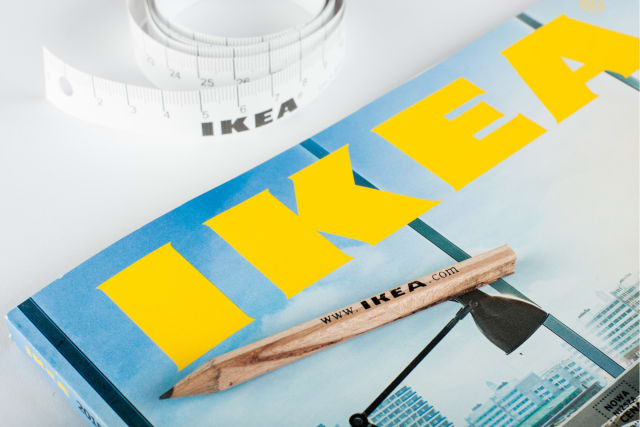
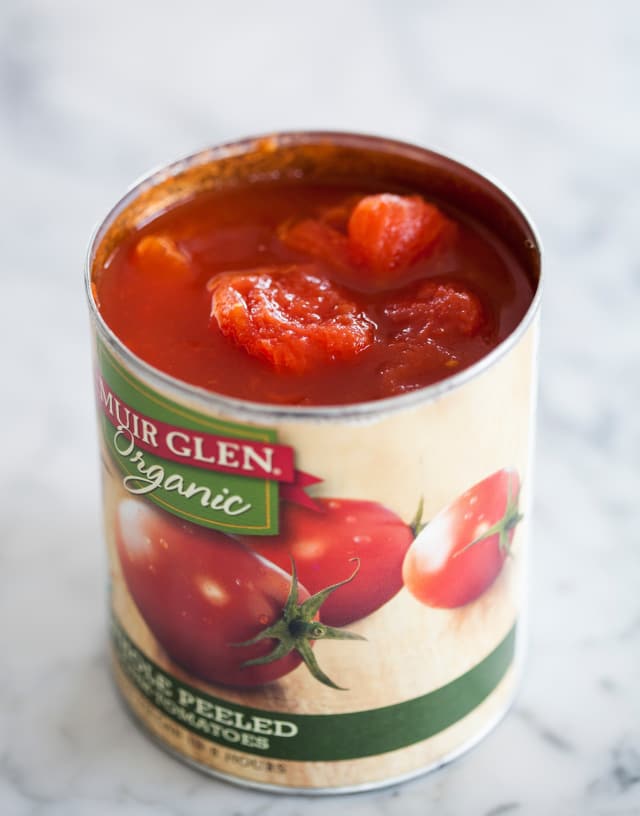
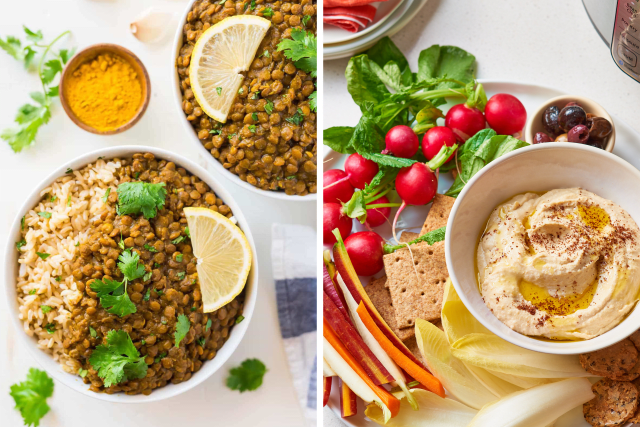

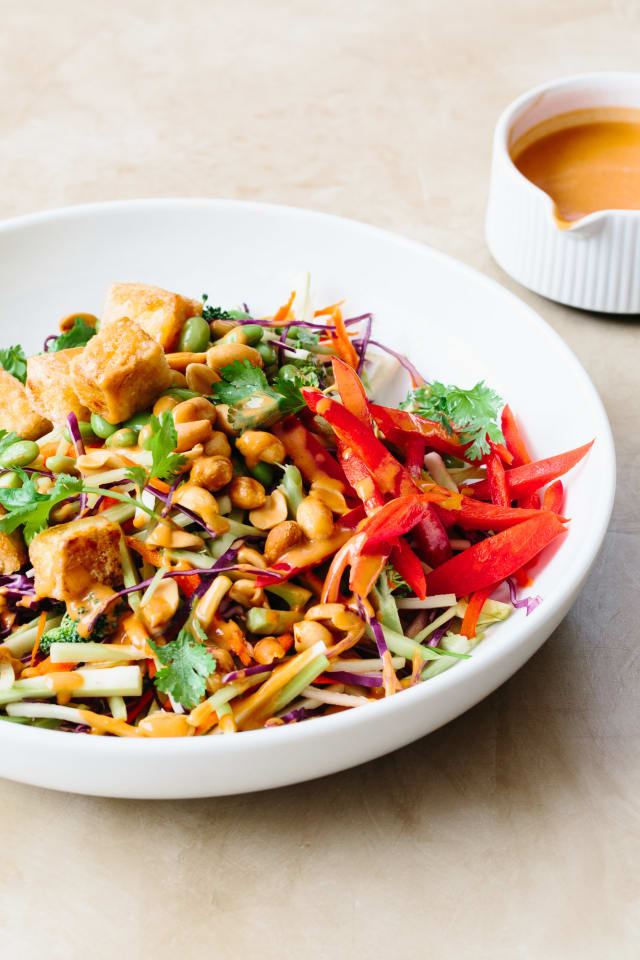

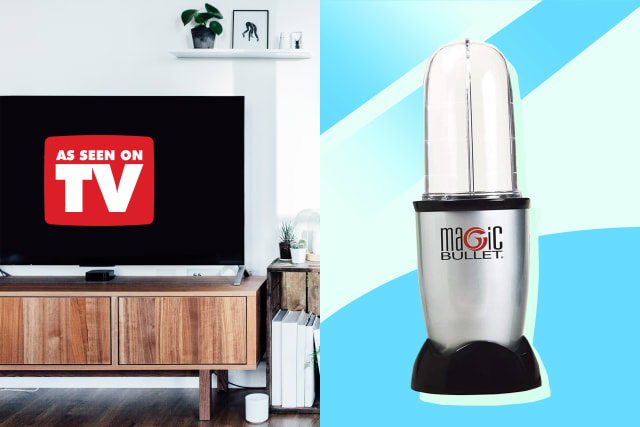
 For now classes are 6pm and 640pm at 2840 Wildwood st in the Boise Cloggers studio.
Book your class NOW!
click this ==>
For now classes are 6pm and 640pm at 2840 Wildwood st in the Boise Cloggers studio.
Book your class NOW!
click this ==>








